Complete Solutions to Exercise 6.1 of chapter NEWTON'S LAWS OF MOTION 1 of Class 11 book with complete answers and questions
| Class 11 | PHYSICS |
| Chapter | NEWTON'S LAWS OF MOTION 1 |
| CENGAGE PHYSICS | Exercise 6.1 |
| Number Of Questions | 11 |
| Academic Year | 2023-24 |
Explain why
(a) A horse cannot pull a cart and run in empty space.
(b) Passengers are thrown forward from their seats when a speeding bus stops suddenly.
(c ) A cricketer moves his hands backwards when holding a catch.
View SolutionAs shown in fig. two identical balls strike a rigid wall with equal speeds but a different angles of incidence. They are reflected back without any lose in speed.
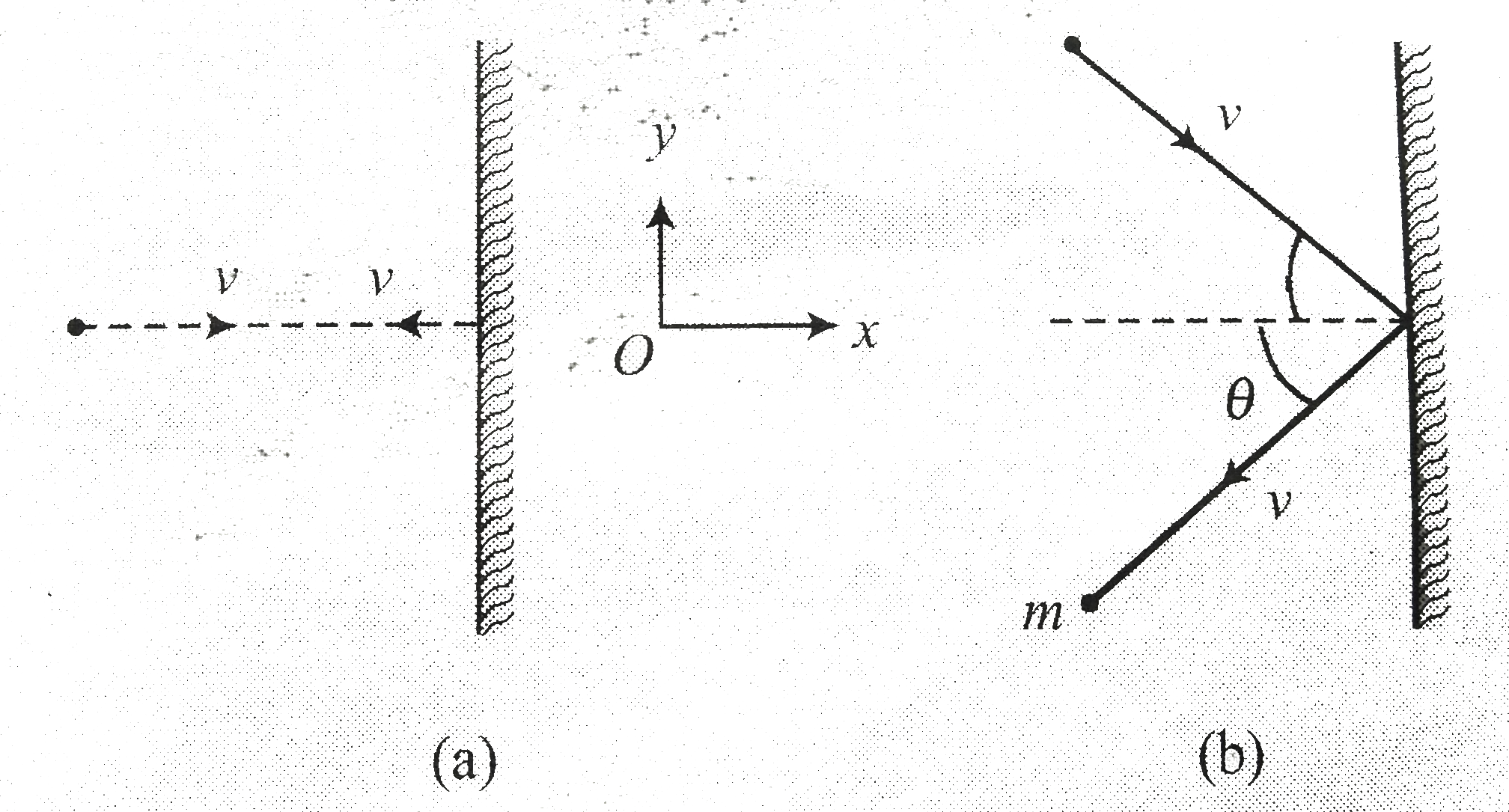

(a) Determine the direction of force exerted by each ball on the wall.
(b) Determine the ratio of impulse imparted by the two balls on the wall in both cases.
View SolutionFigure shows the position-time graph of a particle of mass `0.04kg`. Suggest a suitable physical context for this motion. What is the time between two consecutive impulses received by the particle? What is the magnitude of each impluse?
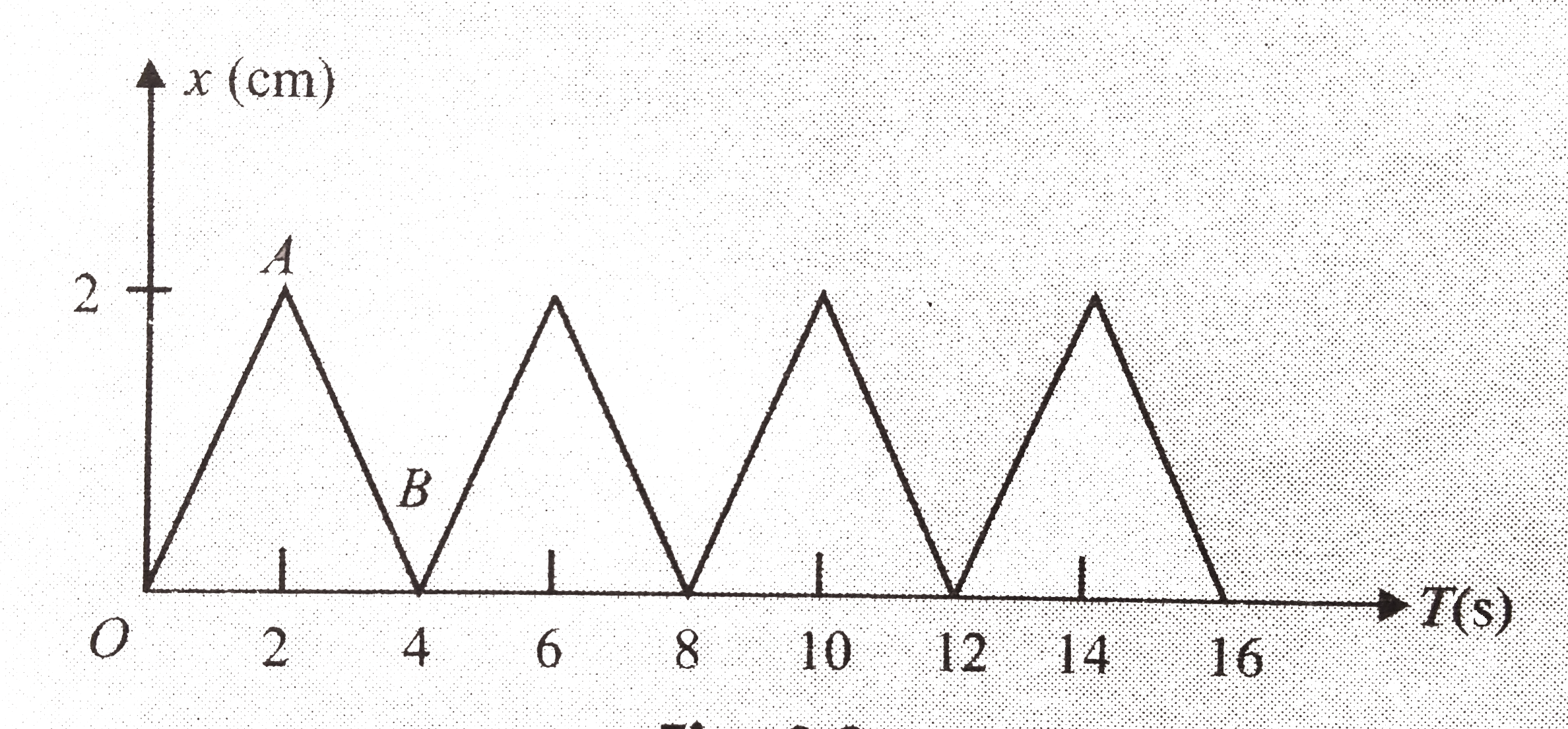
View SolutionA rubber ball of mass 50 g falls from a height of 5m and rebounds to a height of 1.25 m. Find the impulse and the average force between the ball and the ground if the time for which they are in contact was `0.1s`
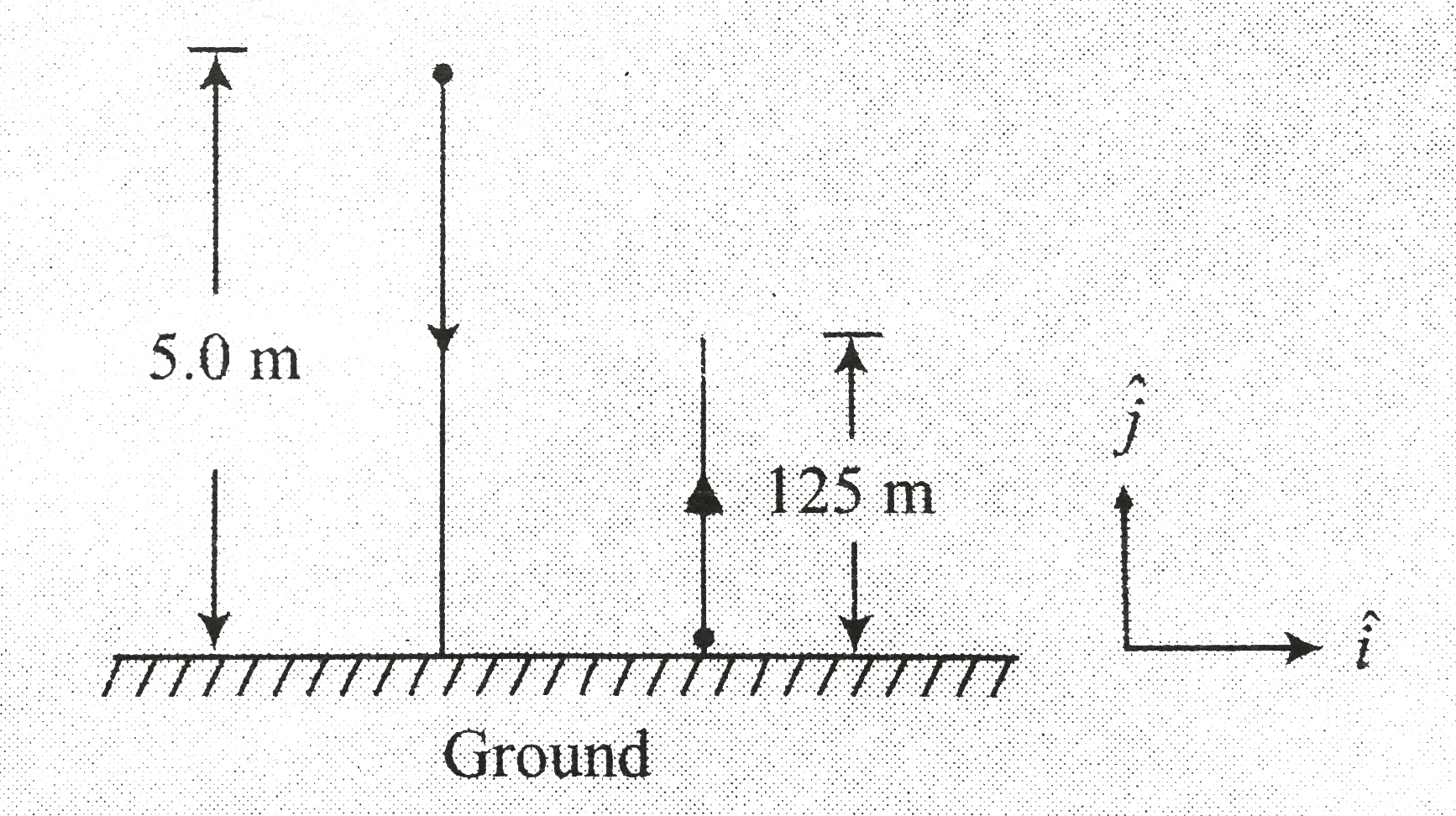
View SolutionWater falls without splashing at a rate of `0.250 Ls^(-1)` from a height of 2.60 m into a 0.750kg bucket on a scale. If the bucket is originally empty, what does the scale read 3s after water starts to accumulate in it?
View SolutionA liquid of density `rho` is flowing with a speed v through a pipe of cross sectional area A. The pipe is bent in the shape of a right angles as shown. What force should be exerted on the pipe at the corner to keep it fixed?

View SolutionA 3-kg steel ball strikes a wall with a speed of `10.0ms^(-1)` at an angle of `60.0^(@)` with the surfaces of the wall. The ball bounces off with the same speed and same angle. If the ball was in contact with the wall for 0.2s, find the average force exerted by the wall on the ball.

View SolutionThe magnitude of the net force exerted in the x direction on a 2.50-kg particle varies with the time as shown in fig., find (a) the impules of the force. (b) the final velocity the particle attains if it is originally at rest,
(c ) its final velocity if its original velocity is `-2.0ms^(-1)`, and
(d) the average force exerted on the particle for the time interval between 0 and 5 s.
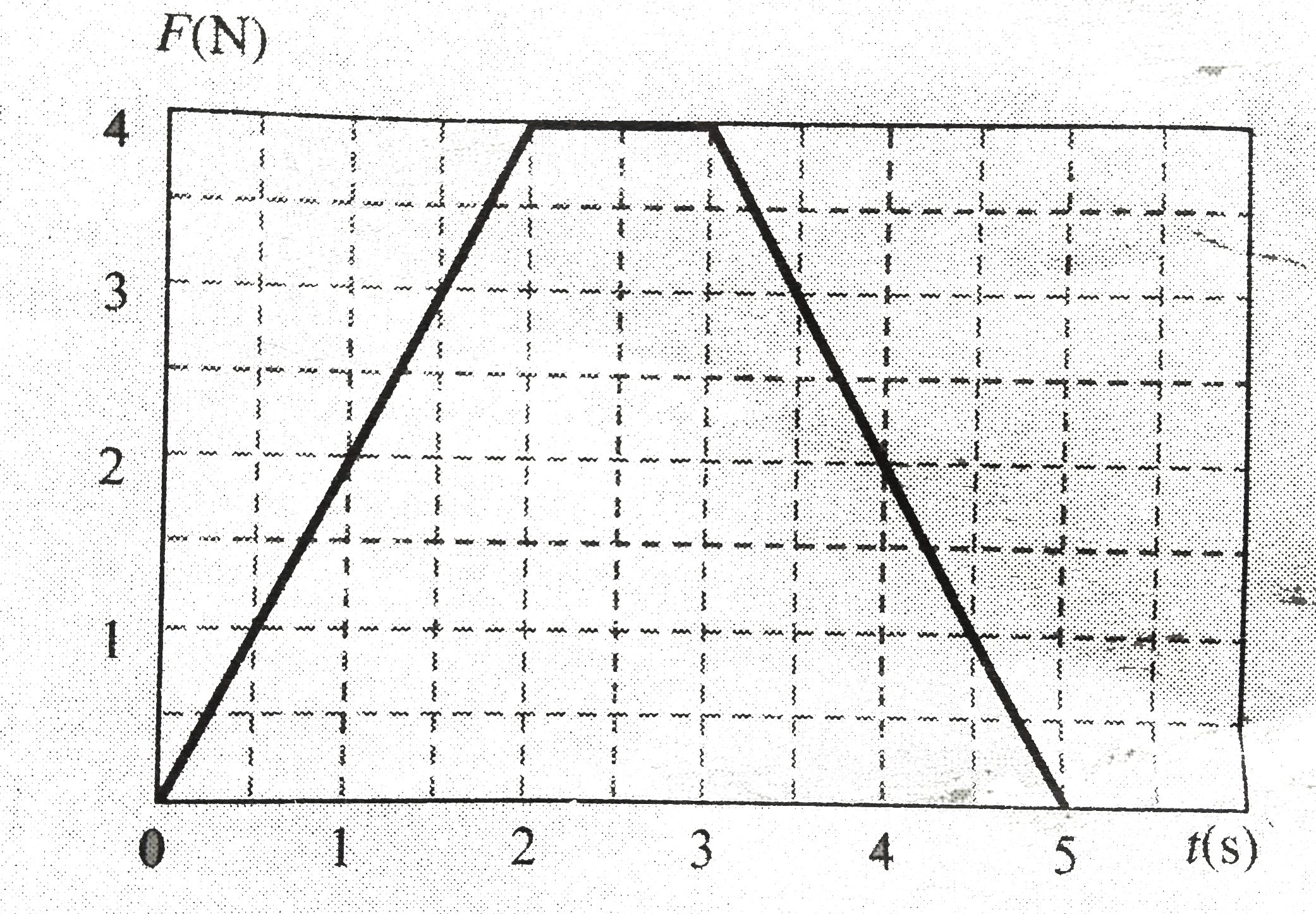
View SolutionDuring a heavy rain hailstones of average size 1.0 cm in diameter fall with an average speed of 20 m/s. Suppose 2000 hailstones strike every square meter of a `10mxx10m` roof perpendicularly in one second and assume that the hailstones do not rebound. Calculate the average force exerted by the falling hailstones on the roof. Density of a hailstone is `900 (kg)/m^3`
View SolutionA U-shaped smooth wire has a semi-circular bending between A and B as shown in fig. A bead of mass m moving with uniform speed v through the wire enters the semiculcular bent at A and leaves at B. Find the average force exerted by the bead on the part AB of the wire.
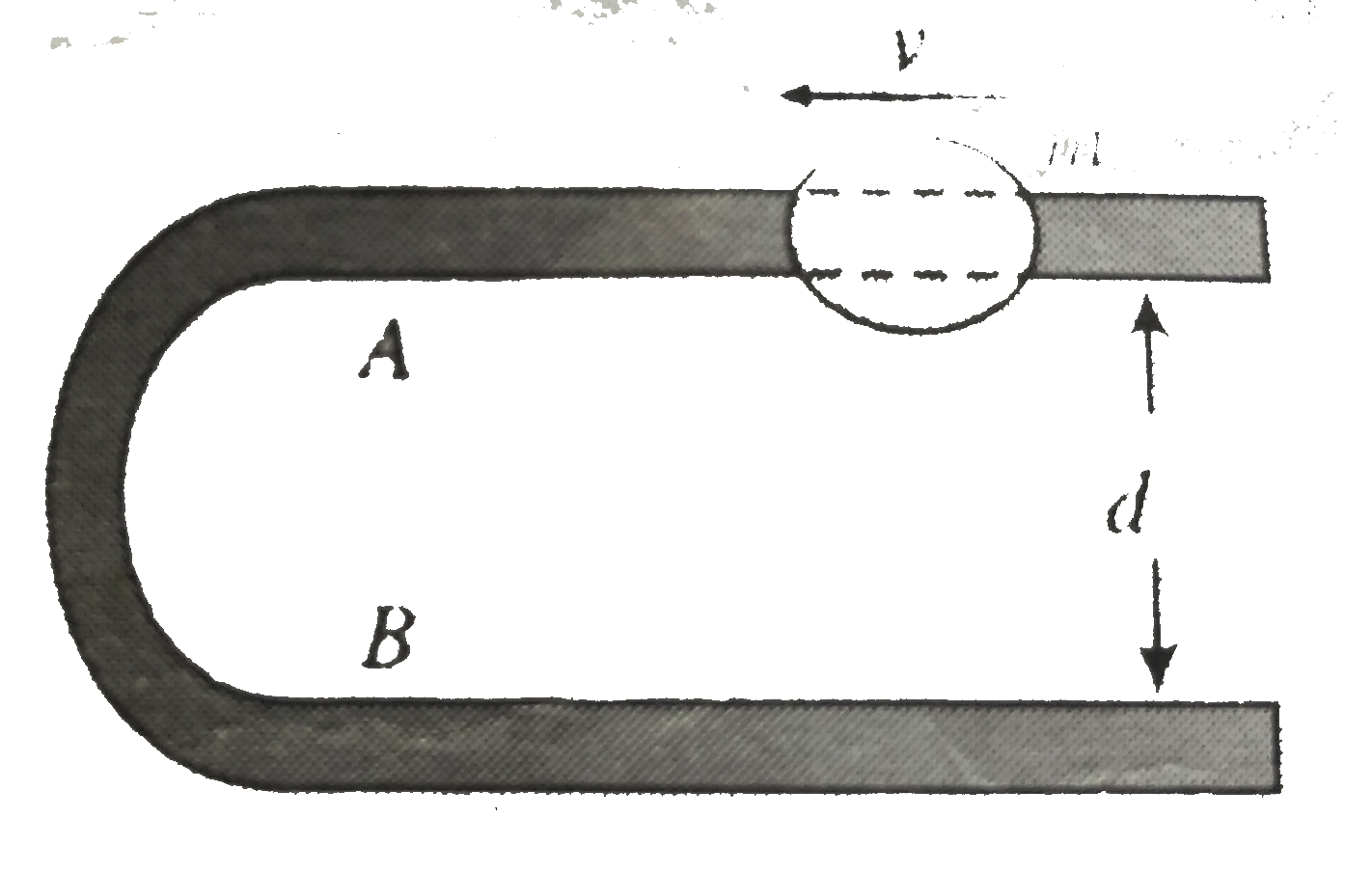
View SolutionWind with a velocity `100km h^(-1)` blows normally against one of the walls of a house with an area of `108 m^(2)`. Calculate the force exerted on the wall if the air moves parallel to the wall after striking it and has a density of `1.2 kg m^(-3)`.
View Solution
Exercise 6.1 questions and complete solutions for chapter NEWTON'S LAWS OF MOTION 1 of CENGAGE PHYSICS (HINGLISH) of Class 11